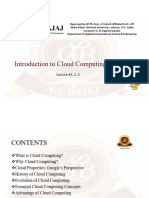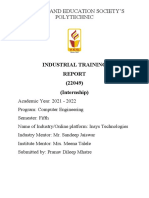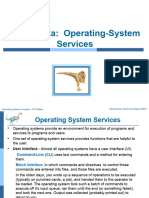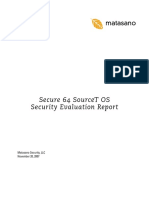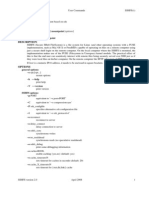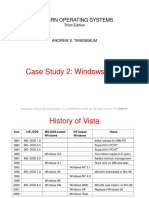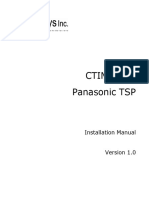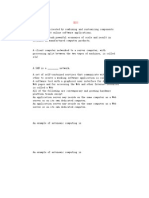0% found this document useful (0 votes)
5 views16 pagesA Cloud Computing
Cloud Computing is a technology that provides on-demand access to computing resources over the Internet, allowing users to rent services instead of maintaining physical hardware. Key features include scalability, cost efficiency, and global availability, with underlying principles of parallel and distributed computing enhancing performance. The document also discusses cloud characteristics, enabling technologies, and various virtualization types that facilitate efficient resource management in cloud environments.
Uploaded by
rk9285786Copyright
© © All Rights Reserved
We take content rights seriously. If you suspect this is your content, claim it here.
Available Formats
Download as PDF, TXT or read online on Scribd
0% found this document useful (0 votes)
5 views16 pagesA Cloud Computing
Cloud Computing is a technology that provides on-demand access to computing resources over the Internet, allowing users to rent services instead of maintaining physical hardware. Key features include scalability, cost efficiency, and global availability, with underlying principles of parallel and distributed computing enhancing performance. The document also discusses cloud characteristics, enabling technologies, and various virtualization types that facilitate efficient resource management in cloud environments.
Uploaded by
rk9285786Copyright
© © All Rights Reserved
We take content rights seriously. If you suspect this is your content, claim it here.
Available Formats
Download as PDF, TXT or read online on Scribd
/ 16


































